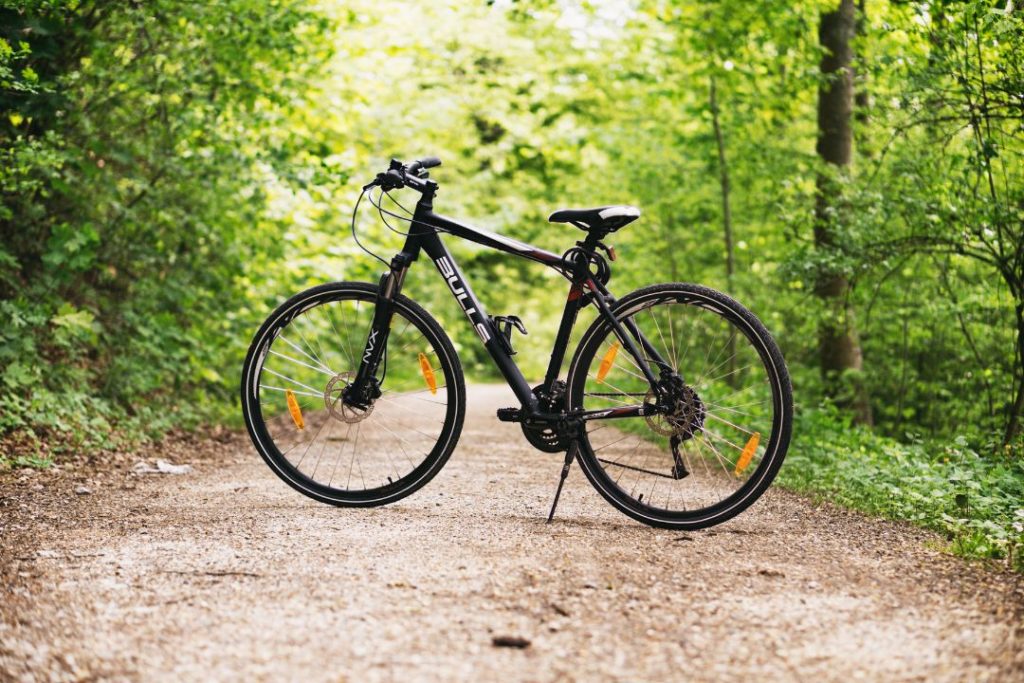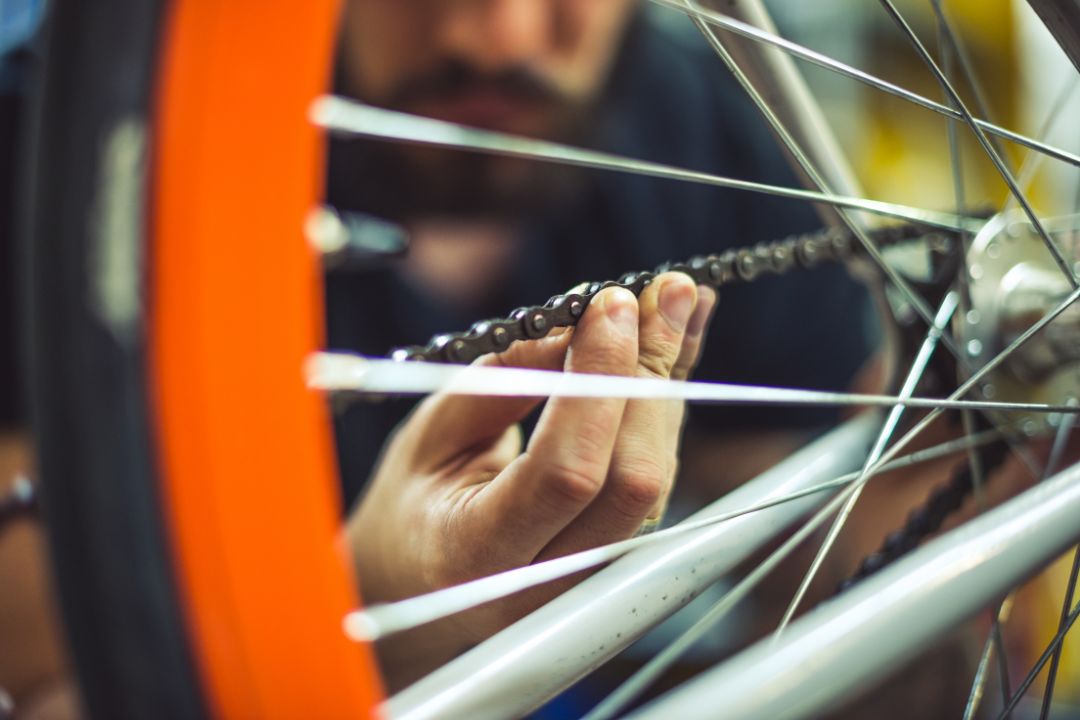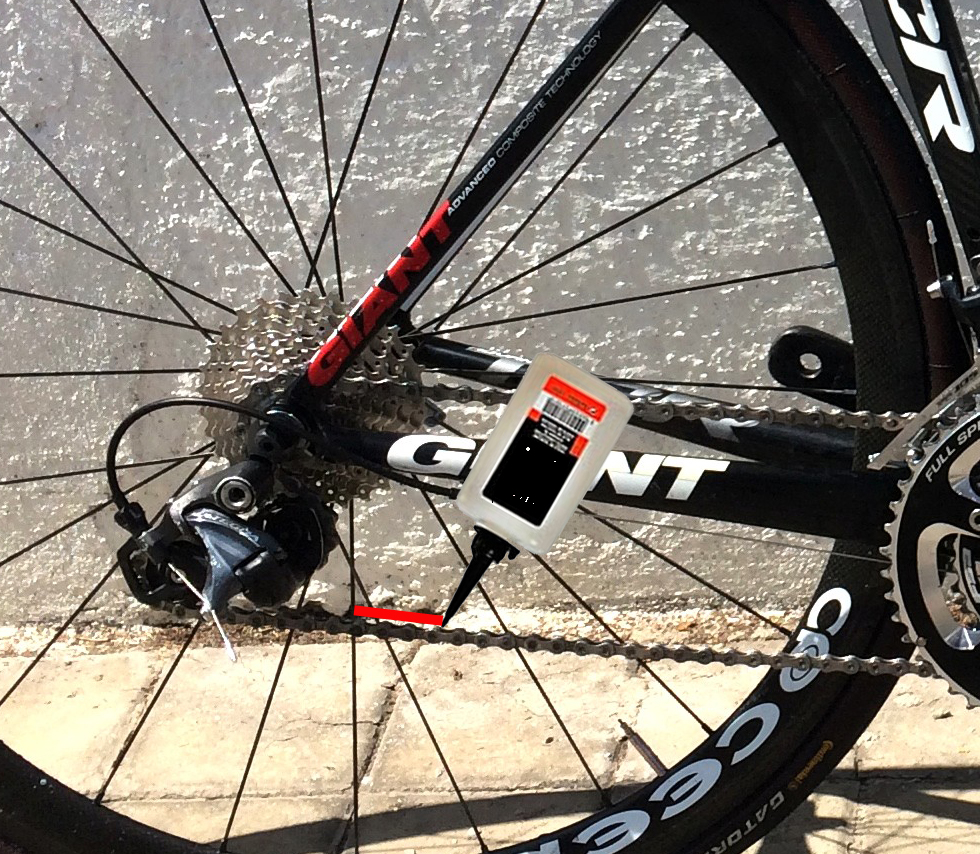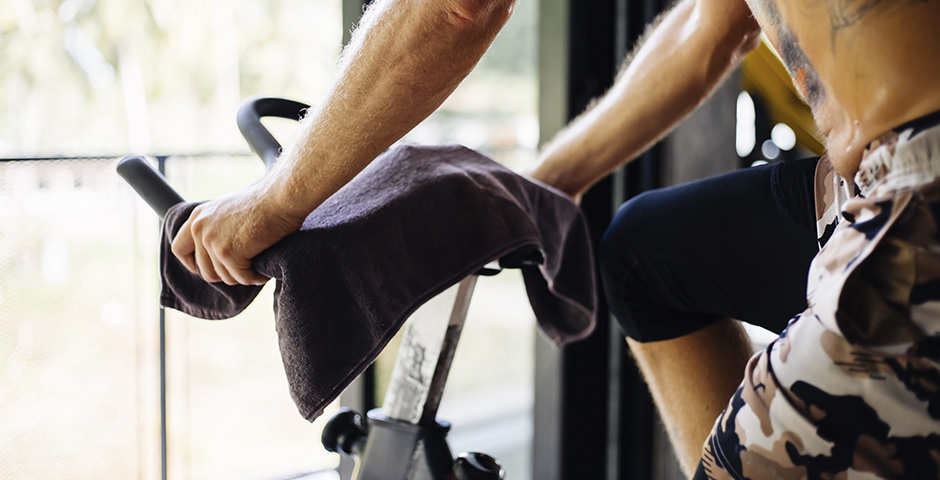Summer is the perfect time to enjoy long days of cycling outdoors. However, high temperatures and intensive use can affect the performance and durability of your bike. It is essential to follow a series of specific cares to keep it in optimal conditions during this season, despite the fact that we are already at the end of August. In this article, we offer you a complete guide with practical advice on how to clean your bike in summer, ensuring that every ride is safe and enjoyable.
How should you clean your bike?
Regular bike cleaning is essential, especially during the summer when dust and dirt can accumulate more easily. To clean your bike, follow these steps:
- First, rinse your bike with water to remove dust and surface dirt. Use a hose with moderate pressure to avoid damaging sensitive components.
- Next, apply a bike-specific degreaser to the chain, chainrings and sprockets. Leave the product on for a few minutes to dissolve grease and dirt.
- Use a soft bristle brush to scrub the chain and gears. Be sure to get into all corners and nooks and crannies to remove any debris.
- Clean the frame and wheels with a sponge and neutral soap. Avoid using harsh detergents that may damage the paint or components of the bike.
- Finally, rinse the entire bike with clean water and dry it with a soft cloth. It is important to remove all moisture to prevent corrosion, especially on metal parts.
Maintain adequate lubrication
Proper lubrication of the chain is crucial for the proper functioning of the bicycle. High temperatures can cause the lubricant to evaporate more quickly, so special attention must be paid to this aspect.
After cleaning and drying the chain, apply a specific bicycle chain lubricant. There are two main types of lubricants: dry lubricants, which are ideal for dusty and dirty conditions, and wet lubricants, which are more resistant in wet conditions.
Apply the lubricant to the chain, making sure to cover all the links. Turn the pedals backwards to distribute the lubricant evenly. After applying the lubricant, let it sit for a few minutes and then wipe off the excess with a clean cloth. It is important not to leave excess lubricant on, as it can attract more dirt.

Brake check
Brakes are an essential component for safety on any cycling trip. In summer, high temperatures and frequent use can wear out brake pads and cables. Be sure to check and maintain your brakes by following these steps:
- First, check the brake pads for wear. If they are badly worn, they need to be replaced. Brake pads have a wear mark that indicates when it is time to replace them.
- Next, check the brake cables. If you notice that they are worn or have loose strands, it’s time to replace them. Good cables are crucial for fast and effective brake response.
- Adjust brake tension to make sure the brakes respond properly. Brakes should be neither too loose nor too tight.
- Clean the brake discs (if your bike has disc brakes) with a disc brake cleaner. This will help remove any dust or grease residue that may affect brake performance.
Tyre maintenance
Tyres are the only part of the bike that is in direct contact with the ground, so tyre maintenance is essential to ensure a safe and comfortable ride.
- Check your tyre pressure before each ride. The proper pressure is indicated on the side of the tyre and may vary depending on the type of bike and terrain. At this time of year, the pressure may vary due to the heat, so it is important to check it frequently.
- Check your tyres for wear. If you notice cuts, cracks or excessive tread wear, it’s time to replace them. A good tyre is crucial to maintaining good traction and avoiding punctures.
- Clean your tyres after every ride to remove dust and small stones that may be embedded in them. Use a brush and water to keep them in good condition.
Sun protection
The sun can be harmful to both you and your bike. Prolonged exposure to UV rays can damage your bike’s paint and plastic components.
To protect your bike from the sun, try to always park it in a shady spot when not in use. If this is not possible, consider using a protective cover that blocks UV rays.
In addition, you can apply a bike-specific paint protectant. These products create a protective coating that helps prevent sun damage and keep your bike in good condition for longer.

Keep your bike in a suitable place
Bike storage is crucial to keeping your bike in good condition throughout the summer and the rest of the year. If you will not be using your bike for an extended period of time, clean and lubricate all components before storing it. This will help prevent corrosion and deterioration of parts.
Store your bike in a cool, dry place, away from direct sunlight and moisture. A garage or shed are ideal options for bike storage.
If you don’t have a suitable place to store it indoors, consider investing in a weatherproof protective cover. These covers are designed to protect your bike from rain, sun and dirt.
General overhaul and adjustment
- Check and adjust gears. Make sure the gears shift up and down smoothly and smoothly. If you notice any problems, it may be necessary to adjust the cables or check the shifting system.
- Check the tension of the wheel spokes. Spokes should be tight and in good condition to keep the wheel aligned and prevent vibration.
- Check pedals and cranks. Make sure they are tight and that there is no excessive play. Lubricate bearings if necessary.
- Inspect handlebars and stem. Make sure they are properly adjusted and aligned. If you notice any movement or play, adjust the corresponding bolts.
Cleaning your bike during the summer is essential to enjoy every ride to the fullest and to ensure the durability of all its components. By following these tips, you can keep your bike in perfect condition, ensuring optimum performance and a safe and enjoyable cycling experience. If you are not taking the best care of your bike and some parts are affected by dirt, you can train on a cycling simulator while you fix your vehicle.
BKOOL is the most complete cycling simulator on the market – try it FREE for 30 days!
 Go to BKOOL
Go to BKOOL





